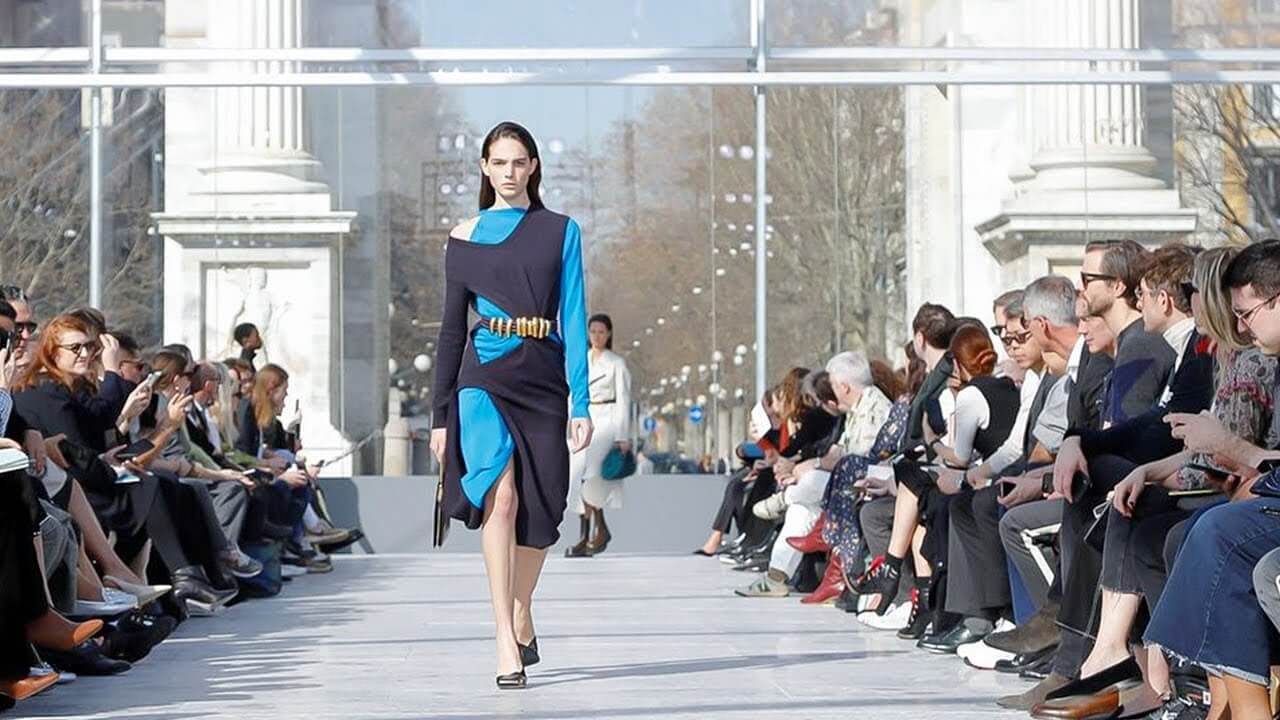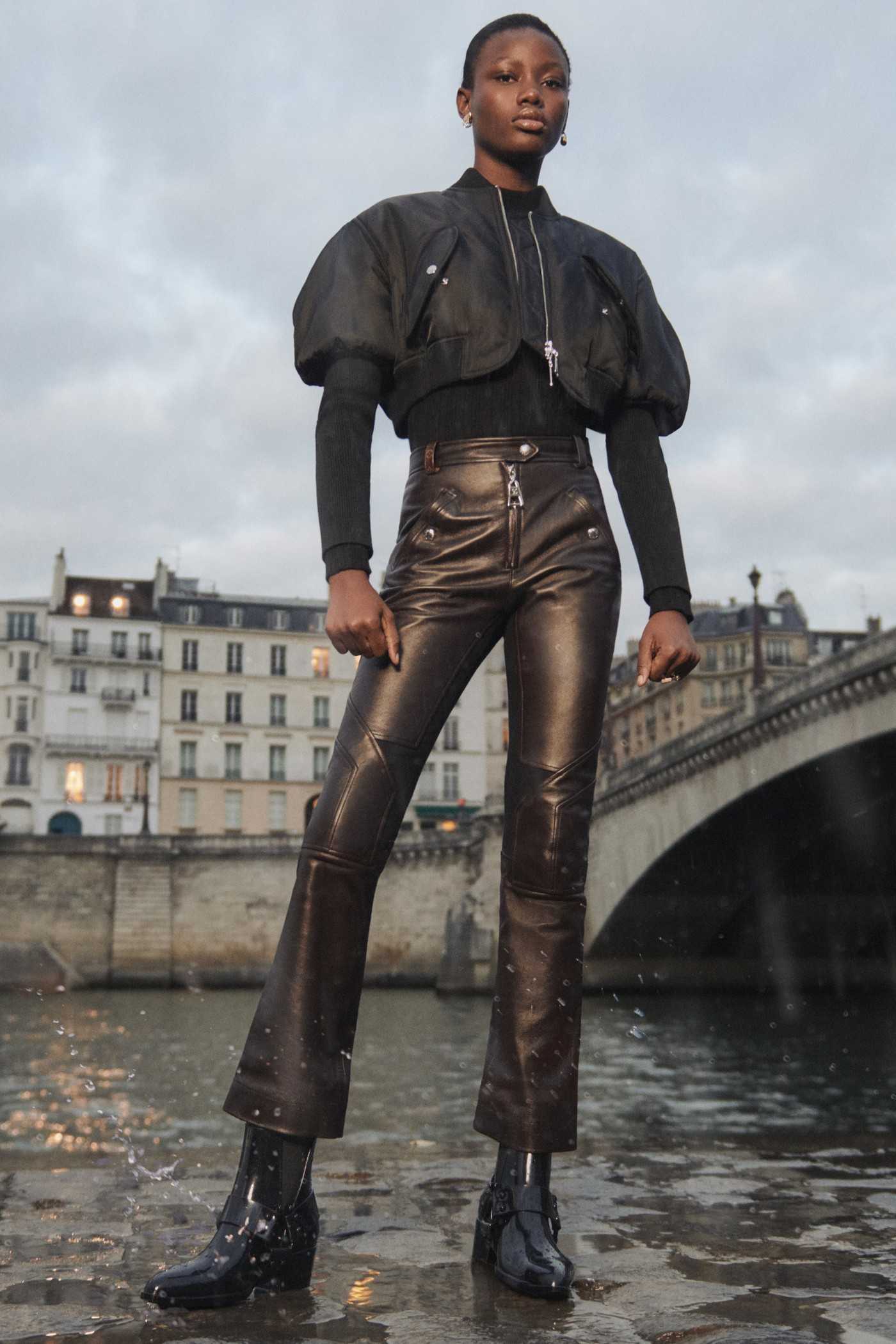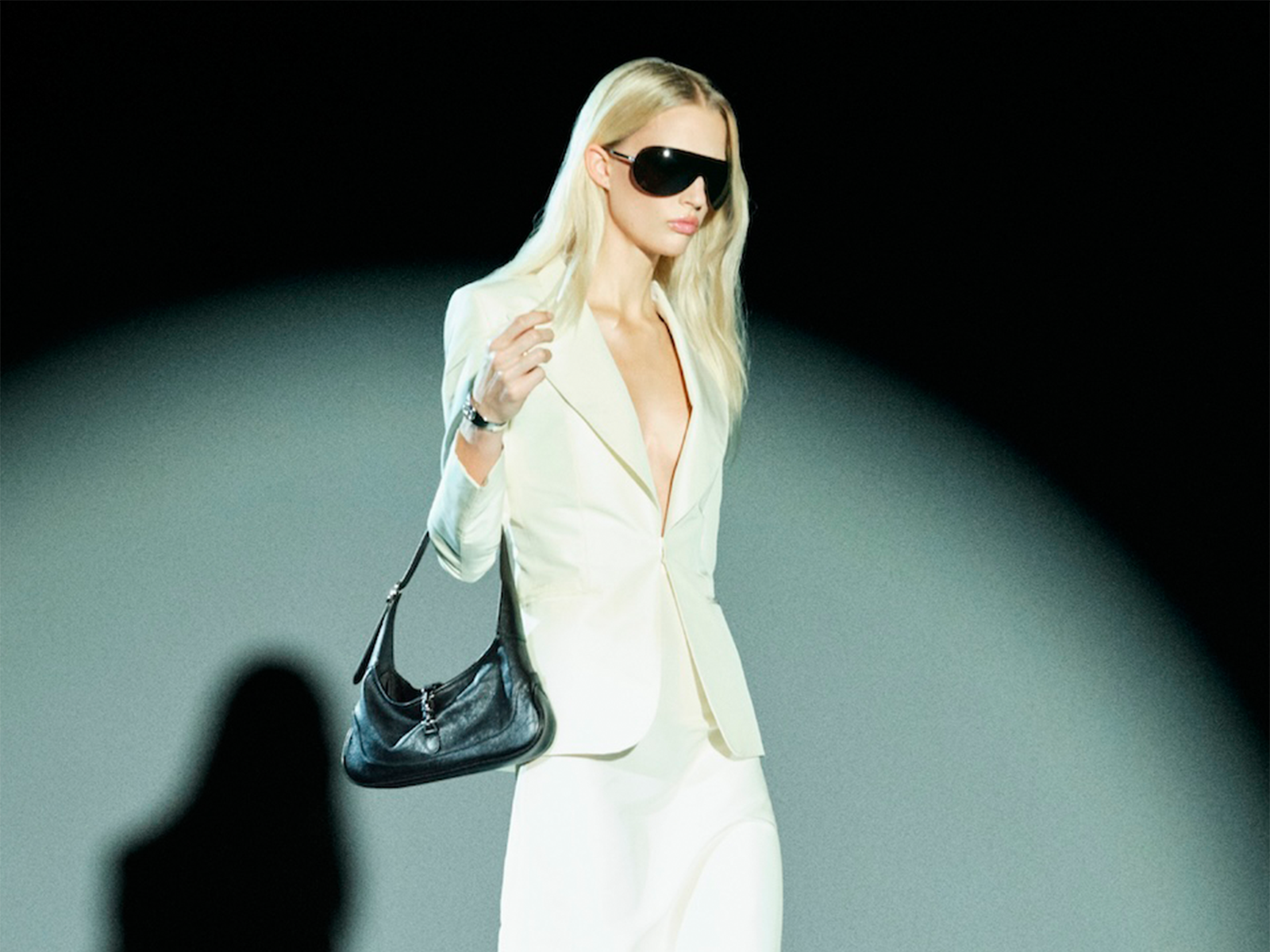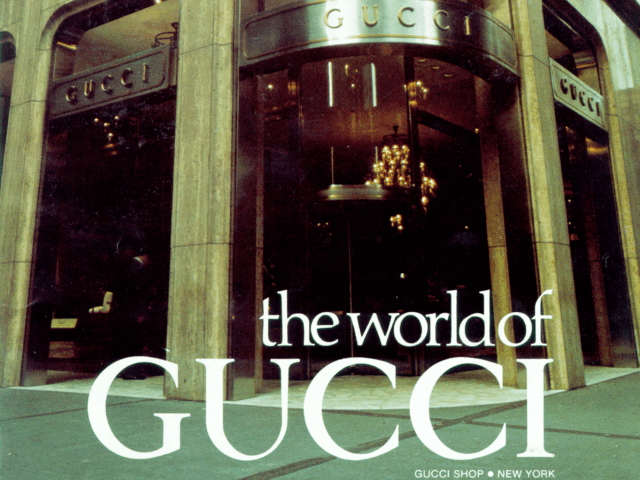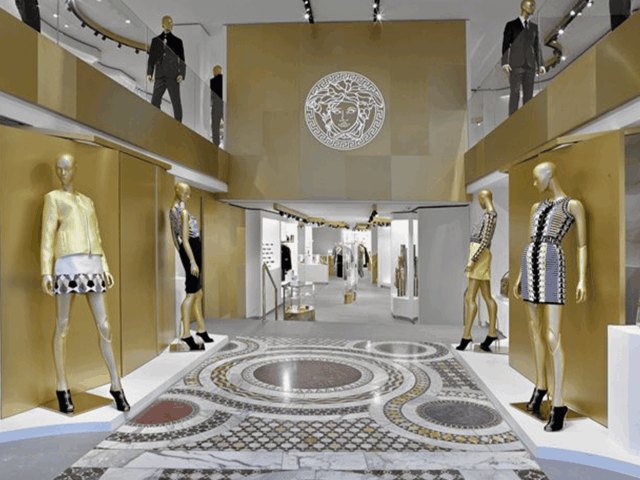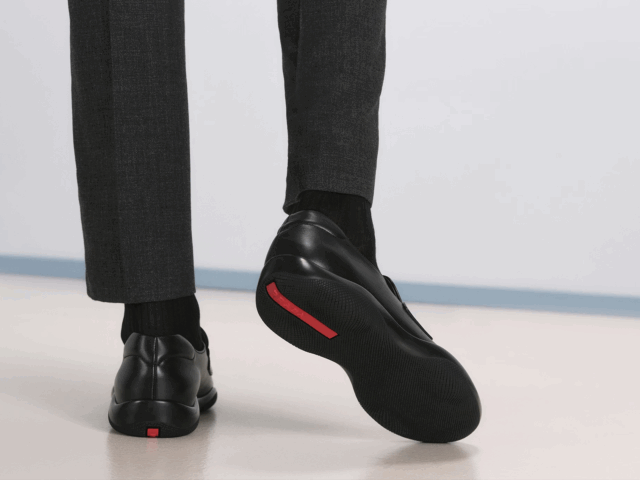The luxury fashion industry faces a huge challenge with inclusion and multiculturalism. Despite what it seems, the path is neither so easy nor so advanced.

The luxury fashion industry has changed over time, especially in the way it communicates with the consumer. We have gone from a time of big photoshoots that ended weeks or months later in the pages of the regular fashion magazines to a time of conversation with much less temporality, where content is generated almost every day.
Before, communication was much more one-sided. The consumer’s response was only translated through their purchases. Now, the consumer has much more voice, and it is much more instantaneous. Brands such as Dolce & Gabbana, Prada or Gucci can tell whether a communication is working in a given country instantly, both positively and negatively. But this greater consumer response means that brands are faced like never before with the sensitivity of their message, or the circumstances in which society lives in the country they are targeting.
In the field of multiculturalism, fashion faces real challenges. On the one hand, the fashion system has traditionally been based on the unquestionability of certain figures: the creative director is always the genius, and in the face of a failure in sales, the fault was always the commerce or the ignorance of the consumers themselves. But this dogma has already been broken. Giants like Kering have established a new dynamic that puts merchandising and creative direction on an equal footing. An example of this can be seen in Gucci, with Jacopo Venturini and Alessandro Michele.
And this configuration has its practical reflection in cases of cultural appropriation and offense. We saw it with the Pradamalia collection by Prada or with the balaclava by Gucci. In the latter case, for example, the brand chose to create a figure to deal with issues of inclusion, a position held by Renée E. Tirado at Gucci. The introduction of these “guardians” could slow down the process of content creation in a market that is constantly accelerating, leading to certain internal clashes. The challenge is to establish internal dynamics that work, but do not slow down the process of creating a brand. Quite a challenge, no doubt.
Let’s focus on the case of China. The fashion industry in this country has a huge imbalance at its roots. The Chinese represent the majority of luxury fashion consumers; yet key decisions are always made by Western executives in Europe or the United States. A context that, let’s be clear, lacks an important cultural perspective. Shouldn’t managers in the Chinese region be involved in making decisions about creative content, from marketing issues to choosing brand image talents? Not only that: the vast majority of companies lack processes for dealing with complaints and demands from their own organizations in China.
But there’s a big risk. In an attempt to adapt their creative content to Chinese consumers, brands could fall into the error of condescension, and Chinese society could feel that the brand they were trying to buy is simulating an identity that is not really their own, just to please this market. This is further complicated by the fact that many luxury fashion brands base their image largely on their origin and country culture, especially on brands from Italy or France.
On the other hand, luxury fashion has become more than ever a global business and, as such, must welcome all consumers. This means opening the doors to inclusiveness. Racialized groups, with bodies that do not respond to the traditional beauty canon, consumers of different nationalities, religious beliefs or economic status, etc., have the right to see themselves reflected in the creative and image processes of brands. There is no discussion on this point, right? A brand that does not attend to these groups not only exhibits a lack of ethics, but also lags behind in its commercial visibility. However, here is another contradiction. As fashion becomes more inclusive, exclusivity, the cornerstone of the luxury industry, is lost.
The truth is that people keep buying luxury fashion because it gives them a certain social distinction. Did you really think that someone buys a bag for more than a thousand euros because they “appreciate the tailoring of the piece”? Balancing the image of exclusivity with the process of inclusiveness is one of the biggest cultural challenges facing the fashion industry. And we venture to say that it will not get out of this game unscathed.
Sigue toda la información de HIGHXTAR desde Facebook, Twitter o Instagram
You may also like...
